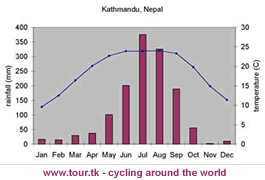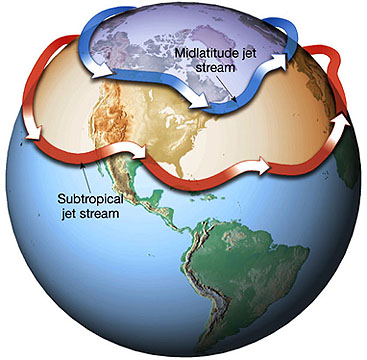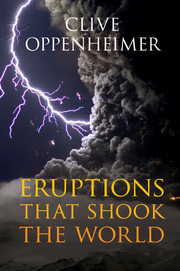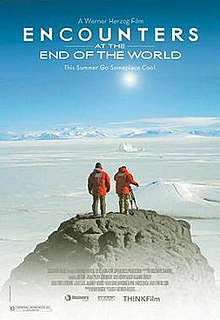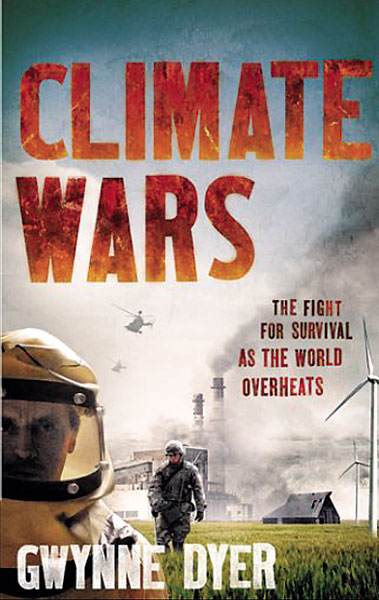 Millenium Development Goals (MDGs if you are feeling lazy) are set to expire in 2015 when they are all meant to be met - something that will never happen globally, unfortunately. For a little recap on MDGs here is a revision post on them Millenium Development Goals. Anyway, this week a UN panel started work on a post-2015 development vision with the aim of essentially developing a new set of MDGs. You might remember that during this years Rio Earth Summit there was talk about replacing MDGs with SDGs (sustainability development goals) that would ensure sustainability was at the heart of all future development; offering one alternative to what should happen next....
Millenium Development Goals (MDGs if you are feeling lazy) are set to expire in 2015 when they are all meant to be met - something that will never happen globally, unfortunately. For a little recap on MDGs here is a revision post on them Millenium Development Goals. Anyway, this week a UN panel started work on a post-2015 development vision with the aim of essentially developing a new set of MDGs. You might remember that during this years Rio Earth Summit there was talk about replacing MDGs with SDGs (sustainability development goals) that would ensure sustainability was at the heart of all future development; offering one alternative to what should happen next....Now the MDGs are important and over the past 12 years have played a crucial role in shaping government policy and the global distribution of aid, whilst outlining for developing countries some of the key areas for improvement that will allow the process of social and economic advancements that lead to improvements in peoples quality of life and general wellbeing (don't think I could ever forget that definition even if I tried to!!!) to occur. Basically, the world seems to need some form of MDGs to exist to help guide development, but in what format is the big question!?!
So is it just a case of MDGs vs SDGs? Well, I don't really think its that simple (unfortunately nothing in Geography ever is!). There are obvious issues with the MDGs, such as the unintended consequences like proper educational quality as countries push to get more kids into schools without improving and expanding the schools first, but I don't necessarily think that means we need to scrap them all together. However, on the other hand, with anthropogenic forcing of climate change largely driven by development/industralisation which at present occurs unsustainably due to its rapid effects (compared to more sustainable means such as eco-tourism). Therefore, having sustainability at the heart of any development goal is crucial if we are to lessen the impacts that development has on the environment.
Also, many topics were missed out of the original 8 targets, such as global climate change, economic inequality and human rights. Such topics are increasing significant in todays world, with many arguing that they simply cannot be left out of any future set of development goals. Can we stick to only 8 goals then? Now, I don't know what you think but I have spent sometime thinking about what 8 goals I would pick and its really hard!!! I believe that the 8 existing goals are stilll crucial steps in development, yet there are others that I fee needed to be added. So I suppose what I am saying is that I am not sure 8 is really enough to encompass every aspect of development. The problem though with having to many more is aid distribution, often guided by MDGs, being spread to thinnly.
The next group of dilema's are as follows; whether to set measurable targets; whether to focus on ends rather than means; and whether the post-2015 goals should be aimed at poor countries or the world as a whole. My opinion - well I reckon that they need to be measurable targets so that we can quantativiely work out how countries are progressing. As for the last one, this is slightly trickier but I also think that they should apply to all countries. Development is a complex process and no one country in the world is developed in every sense; there are always advancements to be made to improve peoples quality of life and general wellbeing, therefore development goals need to extend globally. Also this would then avoid the complications of selected countries based on clssification, something that is always changing and often subjective.
I am going to work on developing my own set of MDGs (although all we have sustainability at the heart!), and try and keep it down to as few as possible. When I have got there, I will post them on here so in the meantime let me know what you think on any of the questions I presented, but most importantly.....
............what would your post-2015 development goals be???
